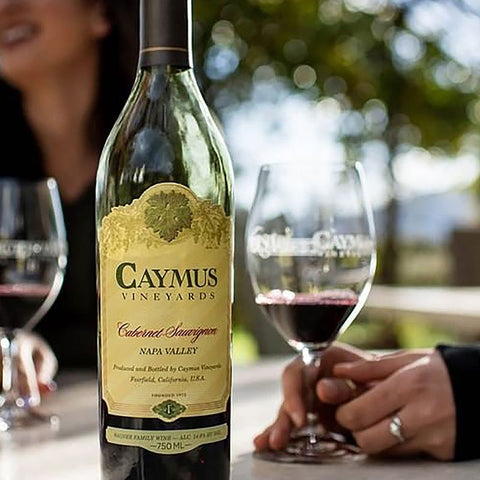(Updated May 15, 2024)
In the intricate world of wine, the vintage on a bottle often serves as a marker, influencing perceptions of quality and character. For instance, 2018 was one of those years for Napa Valley that boasted consistent weather, allowing the fruit to develop over an extended growing season. Wine lovers took note and quickly sought out the 2018 vintage. However, as we explore the landscape of wines priced under $20, a different perspective comes into focus. Let's delve into why, for wines under $20, the spotlight shifts from the vintage to other pivotal aspects of winemaking.
Understanding Vintage in the Wine Landscape
Vintage, denoting the year grapes were harvested, typically wields substantial influence over a wine's flavor profile. This influence arises from variables like weather conditions, temperature fluctuations, and rainfall during the growing season. While these factors hold considerable weight for premium wines, the same cannot always be said for more affordable options.
The Blend of Consistency and Approachability
Winemakers crafting wines under $20 place a premium on consistency and approachability. Their goal is to create bottles that are not only affordable but also consistently enjoyable over time. Instead of relying solely on the unique characteristics of a particular vintage, these winemakers prioritize blending techniques and adept vineyard management to ensure a reliable product at an accessible price point. For a wine like Snoop Dogg's Cali Red Blend to be commercially viable it needs to taste the same year after year.
The Art of Blending
While the impact of weather conditions on grape quality is undeniable, the beauty of crafting wines under $20 lies in the art of blending, This flexibility enables winemakers to combine grapes from different regions and vintages, resulting in a harmonious and balanced flavor profile. The end goal? Delivering a consistently great product, regardless of the specific harvest year.
Crafting Consistency for Everyday Enjoyment
Similarly, winemakers in the $20 segment focus on providing consumers with an accessible and enjoyable experience. In this context, blending becomes a tool to smooth out variations, creating a wine that people can rely on for their everyday moments.
Final Note
In the domain of wines under $20, the discourse surrounding vintage takes a back seat as winemakers prioritize crafting consistent, approachable, and delightful bottles. From personal experience, we recently had a customer go apoplectic when he did not receive Michael David Winery's (MDW) Freakshow Cabernet Sauvignon 2020 vintage. We reserve the right to substitute wines under $20 with a comparable vintage without notice as to not delay receipt. Out of the twelve bottles he purchased nine were from MDW's 2021 vintage. As a very customer centric wine retailer we refunded the customer for the nine bottles that gave him apoplexy. But in all fairness that particular wine is made from bulk fruit so vintage has no material impact. Again, underscoring our thesis, the emphasis shifts from the intricacies of a single harvest year to the art of blending, allowing for the creation of wines that transcend the constraints of specific vintages. So, the next time you peruse the shelves for an affordable bottle, savor it with the understanding that its allure may arise from the seamless blend of grapes and the dedication of winemakers committed to delivering a reliable experience, year after year. Cheers and dwell not on vintage.




Comments (0)
There are no comments for this article. Be the first one to leave a message!